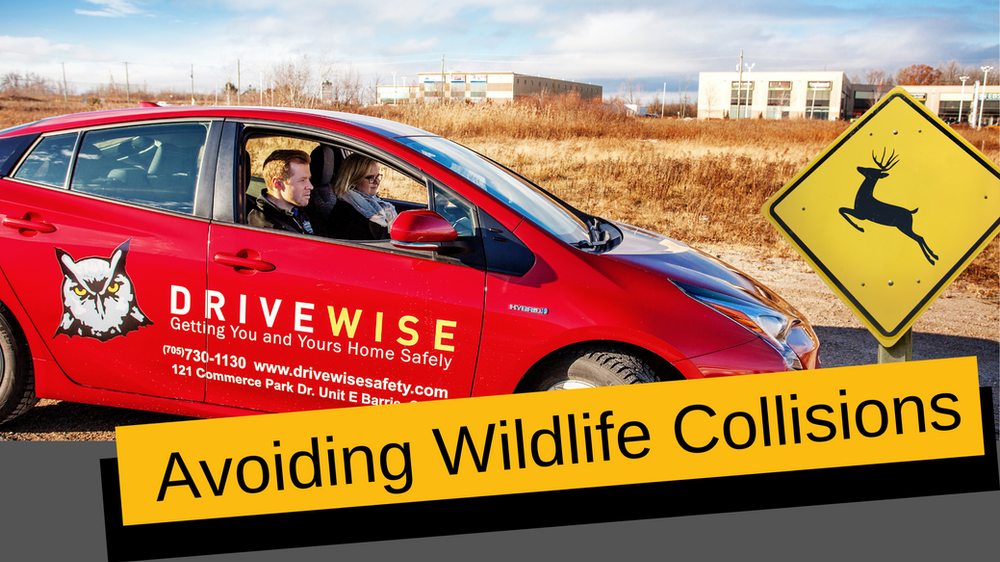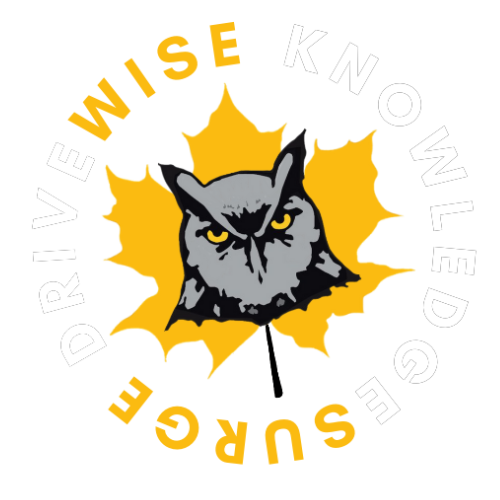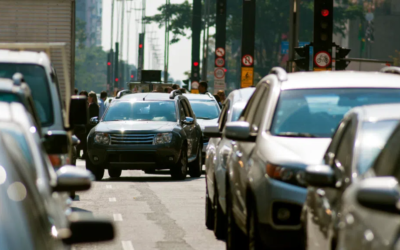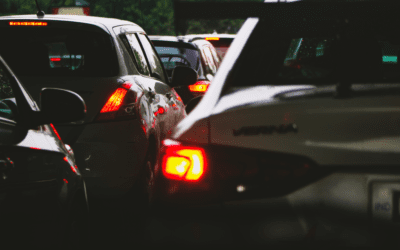
Wildlife collisions are all too common in Ontario and inexperienced drivers are far more likely to be involved. Over 14,000 collisions with wildlife occur every year in Ontario alone; in addition to fatalities (human and animal) and serious injuries, wildlife collisions cause millions in damages annually.
Car accidents caused by animals, especially a large animal like a moose or deer, is also a traumatic experience, especially for new drivers who may struggle to regain their confidence after the accident.
How To Avoid A Wildlife Collision
To avoid accidents involving animals, new drivers should know where and when the majority of wildlife-vehicle collisions occur. Of course, these collisions can occur anywhere but the majority of wildlife collisions occur:
-
on rural, two-lane roads
-
between 7 pm and midnight, when it’s dark and animals are more active
-
spring/summer and again in the fall (October through January), which is mating season for moose and deer
-
on long, straight stretches of road with good roadside habitat and water nearby
So if you’re driving through rural Ontario late at night in the spring or fall, be sure to do the following:

Watch for roadside signs: those yellow triangle signs with animals in the middle? Those are important. No matter how many times you see them on the same stretch of road, do not become complacent. They are there for a reason, and that reason is usually because wildlife collisions have occurred there before.
Reduce speed: it’s easy to be lulled into a false sense of security on long stretches of rural road when there are few other drivers around. You will be tempted to speed through these areas, but speeding reduces your ability to steer away from objects in the road and increases the force of impact.
Drive defensively: defensive driving means paying close attention to road conditions and predicting hazards. In the case of wildlife collisions, defensive driving means:
-
paying close attention to both sides of the road —in the ditch, on the shoulder, and in the right of way
-
keeping an eye out for movement and shining eyes (caused by your headlights reflecting off the animal’s eyes)
-
mentally prepare —think about what you would do if an animal darted out in front of you
Don’t forget to use your vehicle: when we aren’t accustomed to using things like our hazard lights, horn, or high beams, we can forget they’re there. Reduce your chances of a wildlife collision with in-car driving lessons that allow you to practice using the tools at your disposal so that they are second nature when you need them. That means:
-
using your high beams when it’s safe to do so
-
using your horn or flashing your lights to scare animals off the road (works better for deer than for moose)
-
driving in the middle lane when possible to maintain distance from the ditch
-
using the high beams of the vehicle in front of you to extend your sight distance
And of course, always, always wear your seatbelt!
What To Do If You See An Animal On The Road
If you see an animal on the road, slow down. Animals can react unpredictably, even bizarrely, when their “fight or flight” instinct is triggered. An animal standing calmly by the side of the road may jump in front of your vehicle; once it’s crossed the road, it may turn around and cross back in front of you. Animals also often travel in groups so if one animal crosses in front of you, more may becoming.
Should You Swerve To Avoid Hitting An Animal?
Deciding whether to swerve to avoid hitting an animal is tough because there are a number of factors to consider, all in the blink of an eye. The important thing to remember is not to take unsafe evasive actions —swerving to avoid an animal could put your car in the path of an oncoming vehicle or into a ditch.
If it’s a smaller animal such as a deer, your safest bet is to use your brakes and not your wheel. However, if there’s a moose in your path, swerve if you are able to do so safely. Moose can weigh over 1,000 pounds, making a collision with one extremely dangerous for you, the driver.
What To Do If A Wildlife Collision Is Inevitable
If there’s no safe way to avoid hitting the animal, do the following to minimize the risk of injury:
-
Aim for where the animal is coming from, not where it’s going.
-
Keep your eyes on where you want your vehicle to go, not on the animal.
-
Brake firmly and quickly. Try to strike the animal at an angle, letting up on the brake just before impact —doing so will reduce the likelihood of the animal going through your windshield.
Getting your driver’s license is an important milestone in any new driver’s life, but it’s important to remember that getting behind the wheel means taking responsibility for your safety, and the safety of those around you. Learn how to drive safely with DriveWise’s SafeStart new driver training program.




